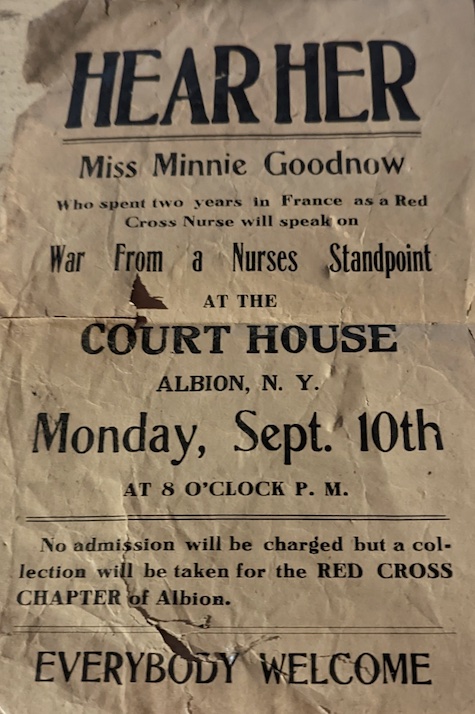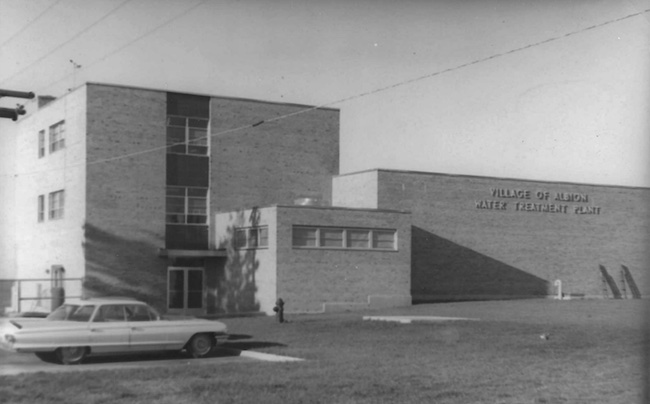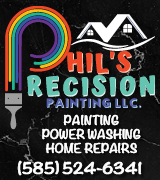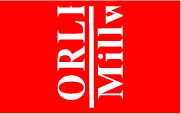Letter from 1836 shows agreement for Holley businessmen to buy fire engine for $250
By Catherine Cooper, Orleans County Historian
Illuminating Orleans, Vol. 3, No. 10
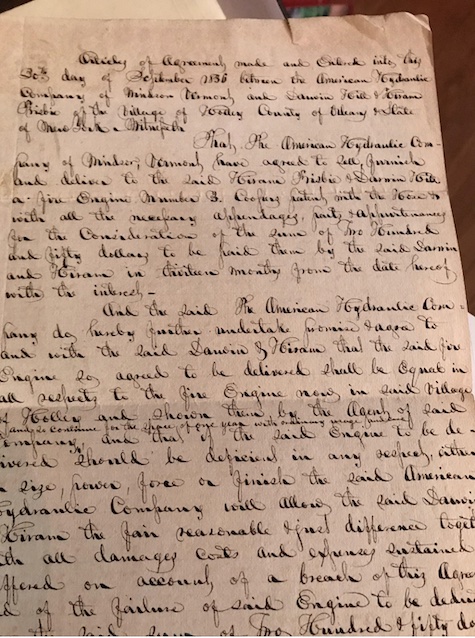
This letter from 1836 shows an agreement for Holley businessmen to buy fire engine for $250.
HOLLEY – The elegantly penned document at right is part of the Orleans County Department of History collection. Written in 1836, it pertains to the Village of Holley, but curiously is linked to Central Hall, the building on East Park Street in Albion that houses the Department of History.
The document is an agreement between Hiram Frisbie* and Darwin Hill for the purchase of a fire engine:
Articles of Agreement made and Entered into this 30th day of September 1836 between the American Hydraulic Company of Windsor, Vermont and Darwin Hill & Hiram Frisbie of the Village of Holley, County of Orleans & State of New York.
That the American Hydraulic Company of Windsor, Vermont have agreed to furnish and deliver to the said Hiram Frisbie and Darwin Hill, a fire engine Number 3 Cooper’s patent with the hoses and with all the necessary appendages and appurtenances for the consideration of the sum of two hundred and fifty dollars to be paid them by the said Darwin and Hiram in thirteen months from the date hereof with the interest.
And the said American Hydraulic Company do hereby further undertake promise and agree to and with the said Darwin & Hiram that the said fire engine so agreed to be delivered shall be equal in all respects to the fire engine now in said village of Holley (and so continue for the space of one year with ordinary usage and care) and shown them by the Agent of said Company and that if the said engine to be delivered should be deficient in any respect, either in size, power, force or finish, the said American Hydraulic Company will allow the said Darwin & Hiram the fair reasonable and just difference together with all damages, costs and expenses sustained or suffered on account of breach of this Agreement and of the failure of said engine to be deducted from the said sum of two hundred & fifty dollars and interest herein agreed to be paid.
And the said Darwin Hill & Hiram Frisbie in consideration of the Agreement on the ? of the said the American Hydraulic Company agree to pay them the sum of Two Hundred and fifty dollars with the interest in thirteen months from the date hereof, subject nevertheless to the performance of the Agreement above mentioned by the American Hydraulic Company.
The American Hydraulic Company hereby agree to deliver said fire engine in the Village of Holley at their own proper cost, charge and expense within a reasonable time from the date hereof and forty days
In witness whereof the parties have set their hands the day and year first above written.
American Hydraulic Co. By William Barrett Agent
Hiram Frisbie
Darwin Hill
Fires were a scourge in those early years. Members of the community were the earliest fire-fighters; they could only respond by forming bucket brigades. Hand-cranked pumpers were the first improvement on the bucket brigades. The Village of Medina purchased one such machine in 1829 for $270.
In 1828, John M. Cooper, an inventive Vermonter, patented a “Rotative Piston” thought to be suitable for fire pumps which were soon being produced in Windsor, Vt. by the American Hydraulic Company (later the National Hydraulic Company). Convict laborers from the Vermont State Prison at Windsor were employed in the production of the pumps. They were paid .25 cents a day for twelve-hour days and worked six days a week. Agencies were established throughout the country to promote the company’s products.
Hiram Frisbie and Darren Hill, both prominent Holley businessmen, organized the purchase of the fire engine and undertook to pay $250. Residents and merchants contributed to the cost by donation or subscription. The new machine was, no doubt, transported by horse-drawn wagons over the Green Mountains to Albany and then on the Erie Canal to Holley. It was basically a hand-drawn, hand-cranked water pump but it exceeded the capabilities of the bucket brigade.

The doorway at Central Hall in Albion was rescued from a mansion in Holley that was demolished in the 1930s.
The Frisbie Mansion, home of Hiram Frisbie, was an impressive Greek-Revival mansion built c.1832. Situated on a knoll, it featured a two-story wrap-around colonnade of six 20-foot Doric pillars. The pillars were constructed from whole whitewood trees, the tallest of the eastern hardwoods, also known as tulip trees.
This Holley mansion was demolished in the 1930s but remarkably the stately front entrance was saved by some discerning members of the American Legion who were then renovating their building at 34 East Park Street in Albion, Sheret Post #35.
This red-brick building, which has since been renamed Central Hall, is now owned by Orleans County and houses the Treasurer’s Dept. and the Orleans County Dept. of History.
(*Frisbie/Frisbee – spelling varies)





















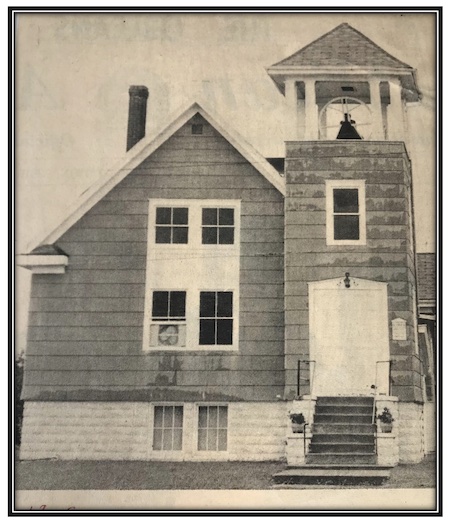
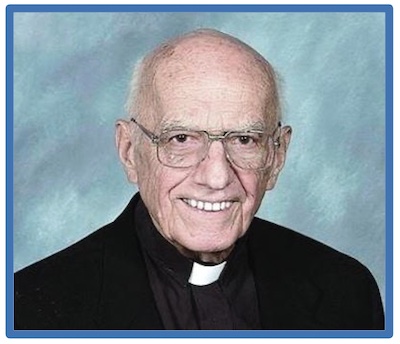
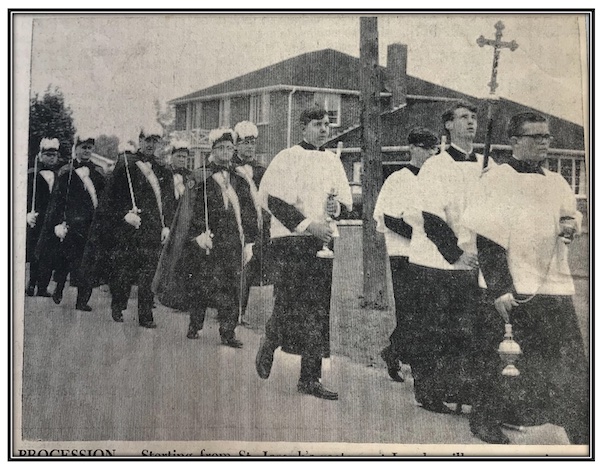
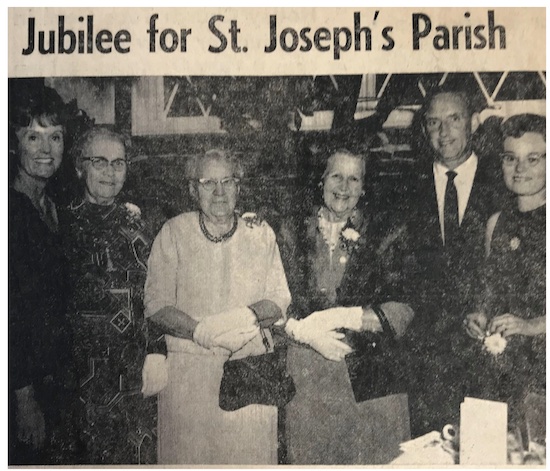

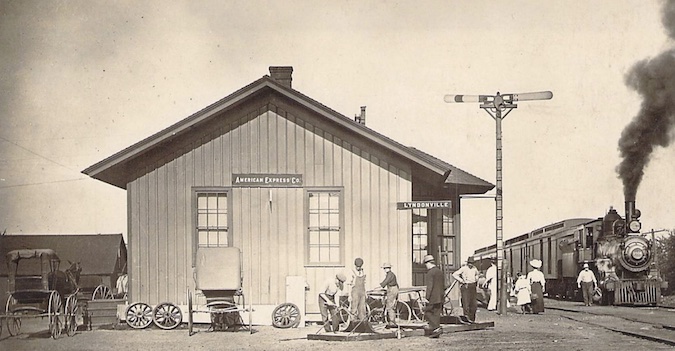
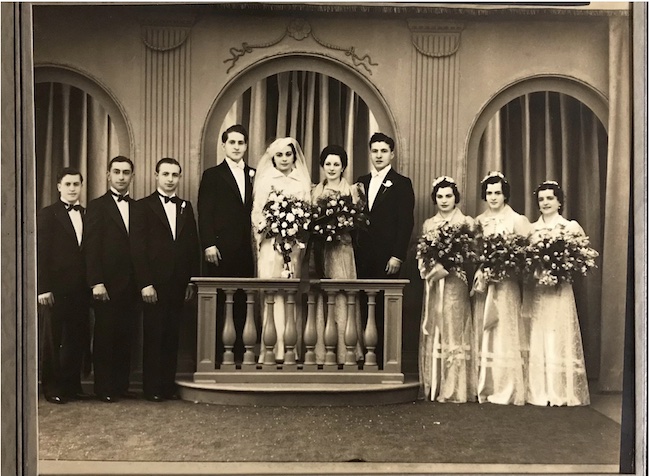
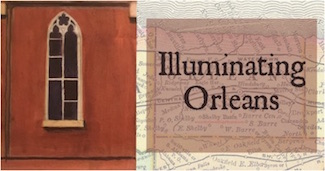 ALBION – Emma B. Tripp became engaged to Louis J. Ives in 1908. They planned to be married in April 1911. But Mr. Ives disappeared.
ALBION – Emma B. Tripp became engaged to Louis J. Ives in 1908. They planned to be married in April 1911. But Mr. Ives disappeared.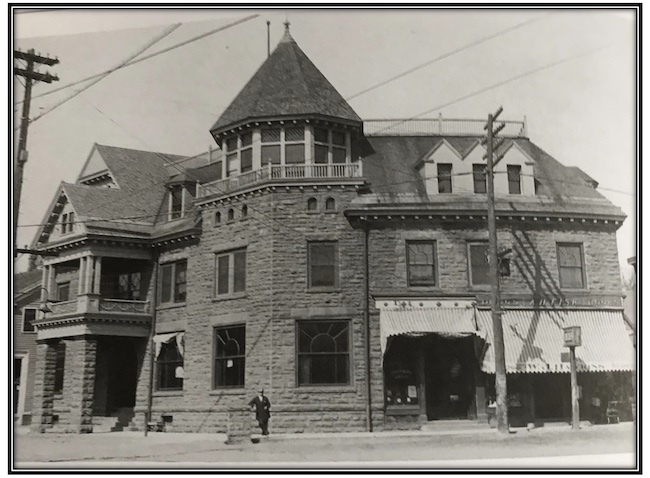
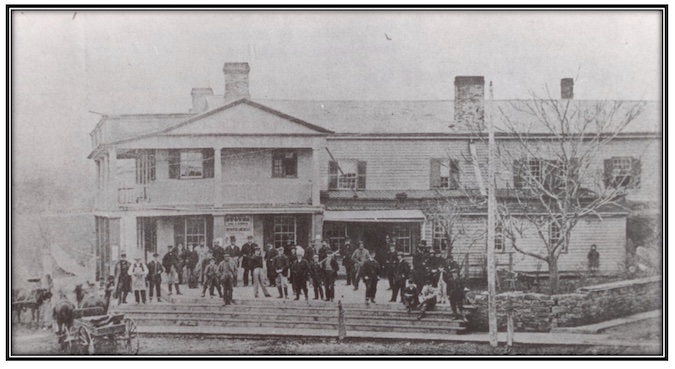
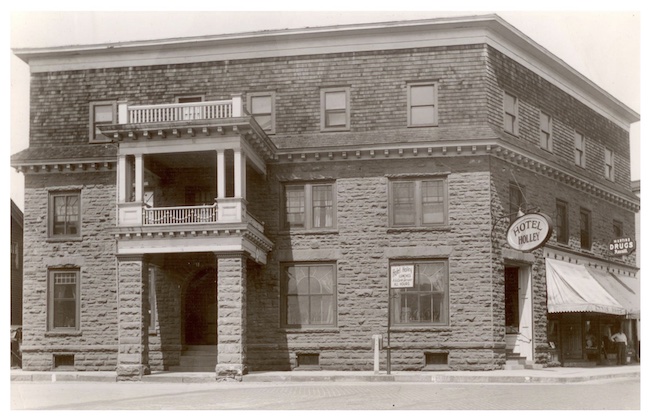

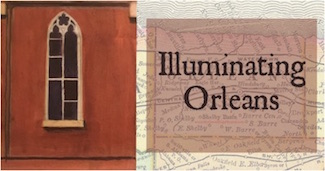 In Orleans County, which spans 24 miles across, twenty bridges facilitate north-south vehicular access across the Erie Canal. The Brown Road Bridge in Albion allows pedestrian access only. There is one stone arch tunnel at Culvert Road.
In Orleans County, which spans 24 miles across, twenty bridges facilitate north-south vehicular access across the Erie Canal. The Brown Road Bridge in Albion allows pedestrian access only. There is one stone arch tunnel at Culvert Road.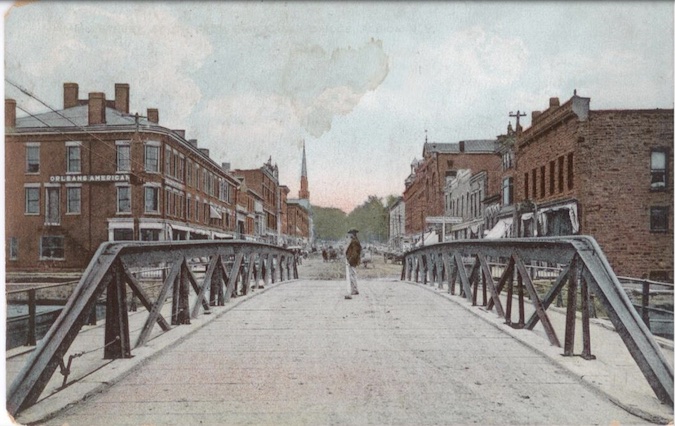

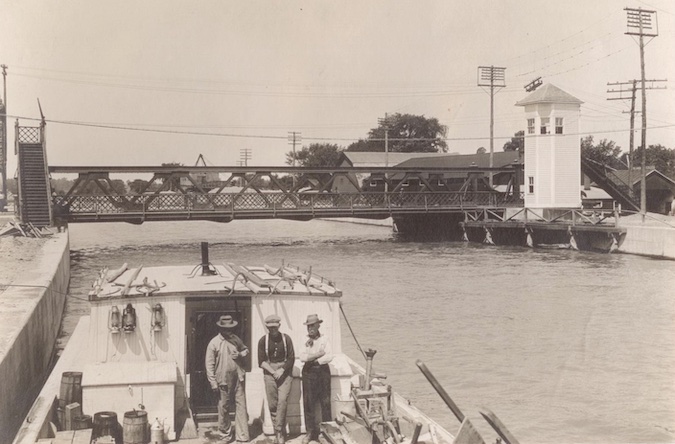
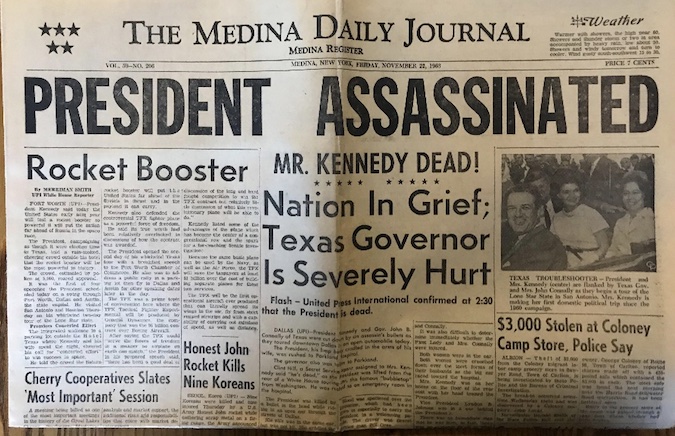
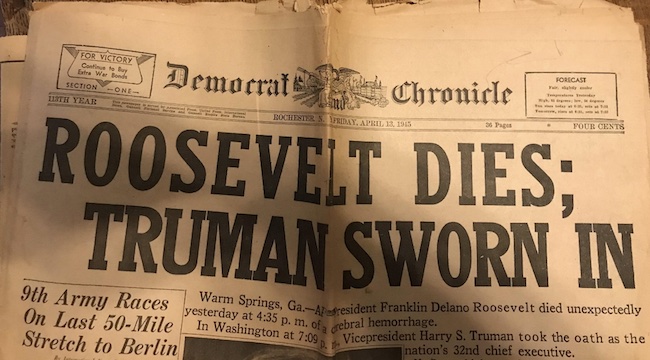
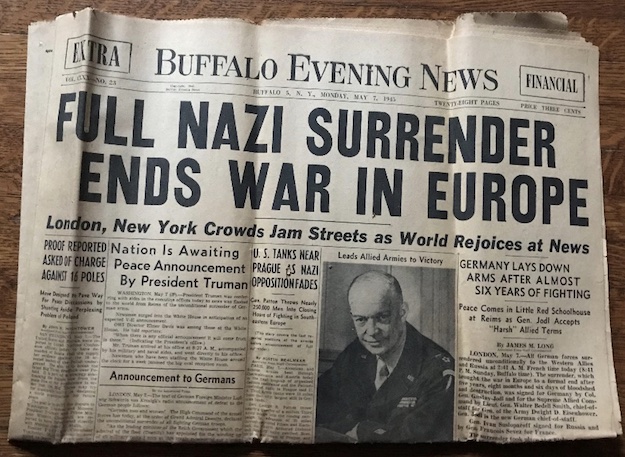
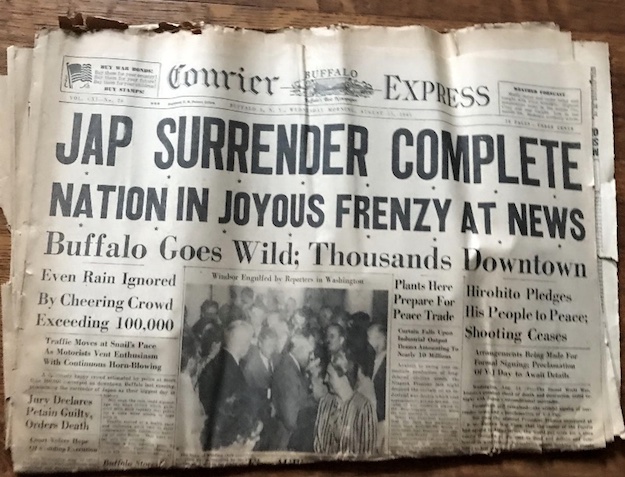

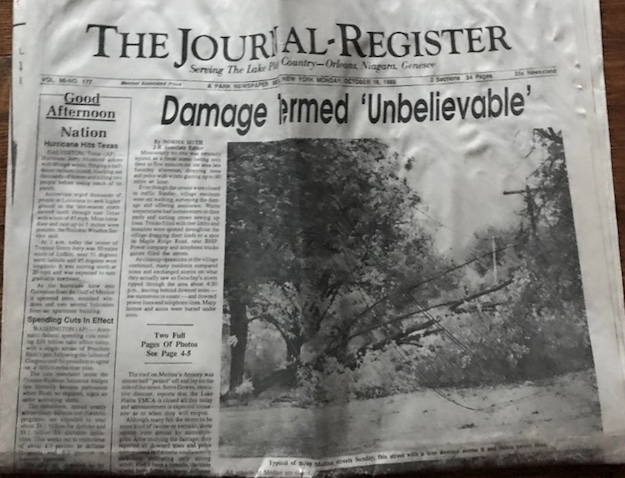
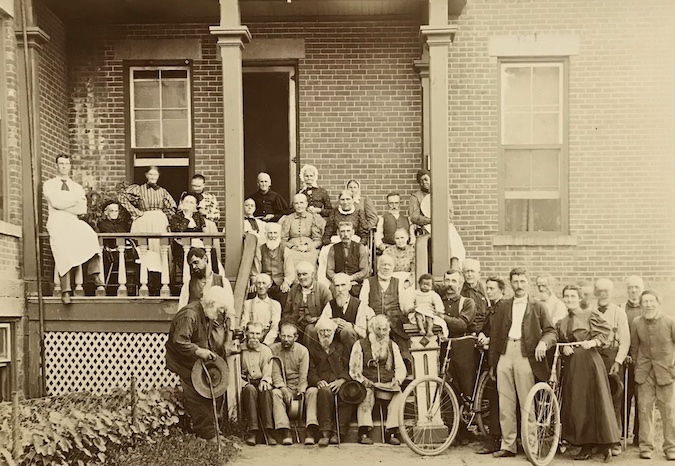
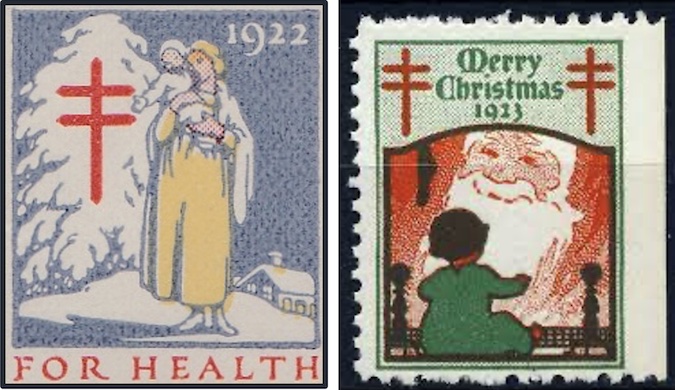
 Reporting to the Orleans County Board of Supervisors in 1923, County Executive Nurse, Grace B. Gillette, reported 18 deaths due to tuberculosis in the county from October 1922 – October 1923.
Reporting to the Orleans County Board of Supervisors in 1923, County Executive Nurse, Grace B. Gillette, reported 18 deaths due to tuberculosis in the county from October 1922 – October 1923.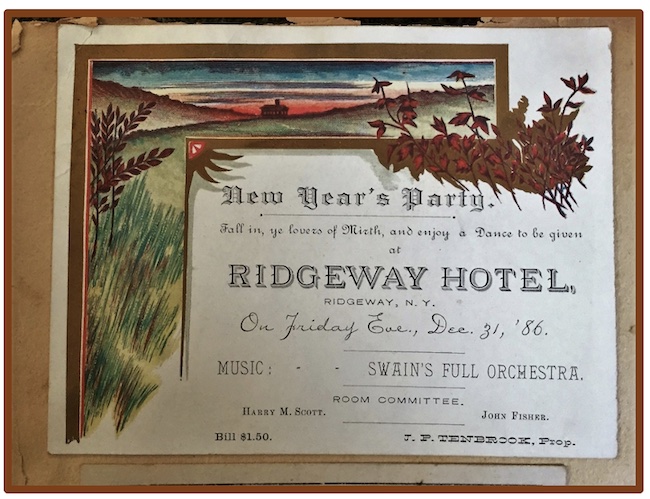

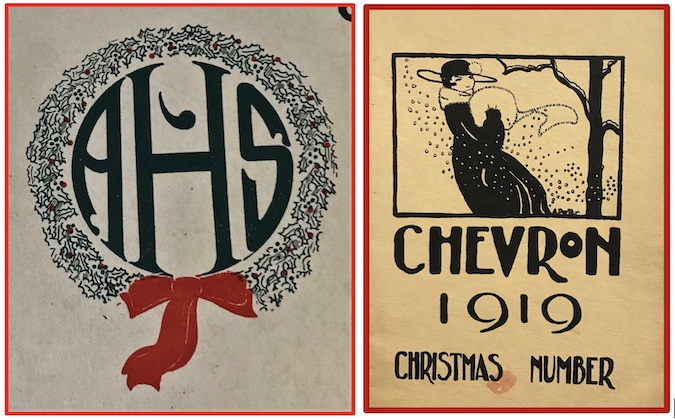


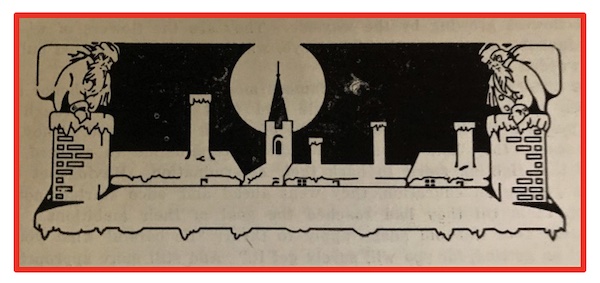
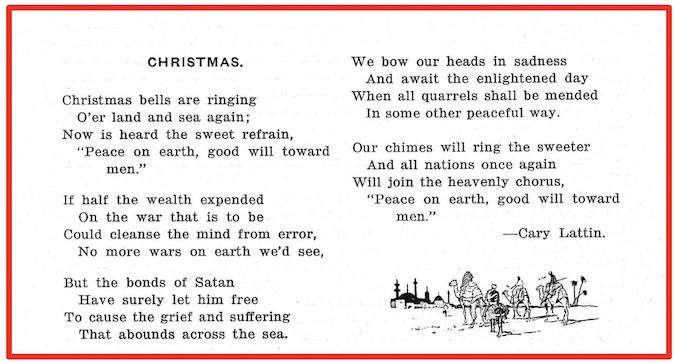

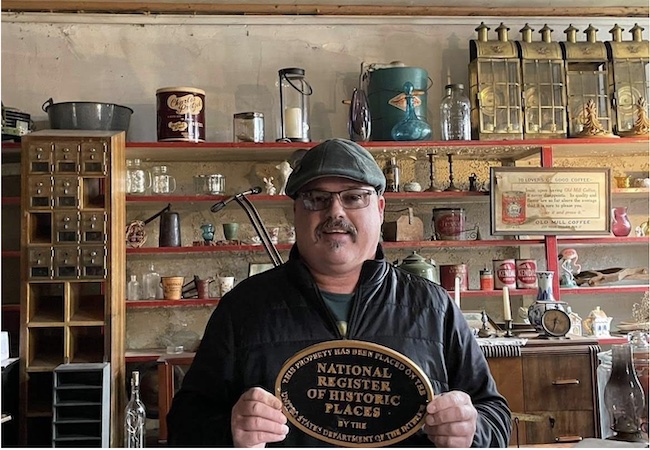
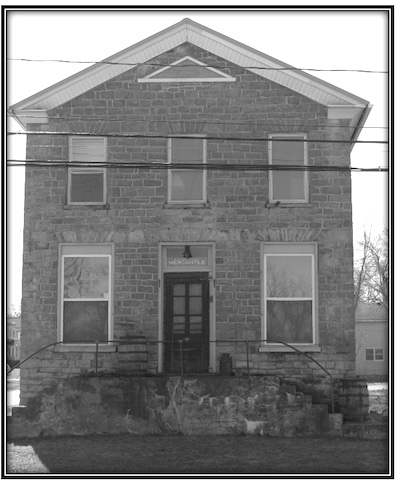 Hurley, a Gaines resident, first noticed the building in 2019 while driving past the site on Route 31A.
Hurley, a Gaines resident, first noticed the building in 2019 while driving past the site on Route 31A.